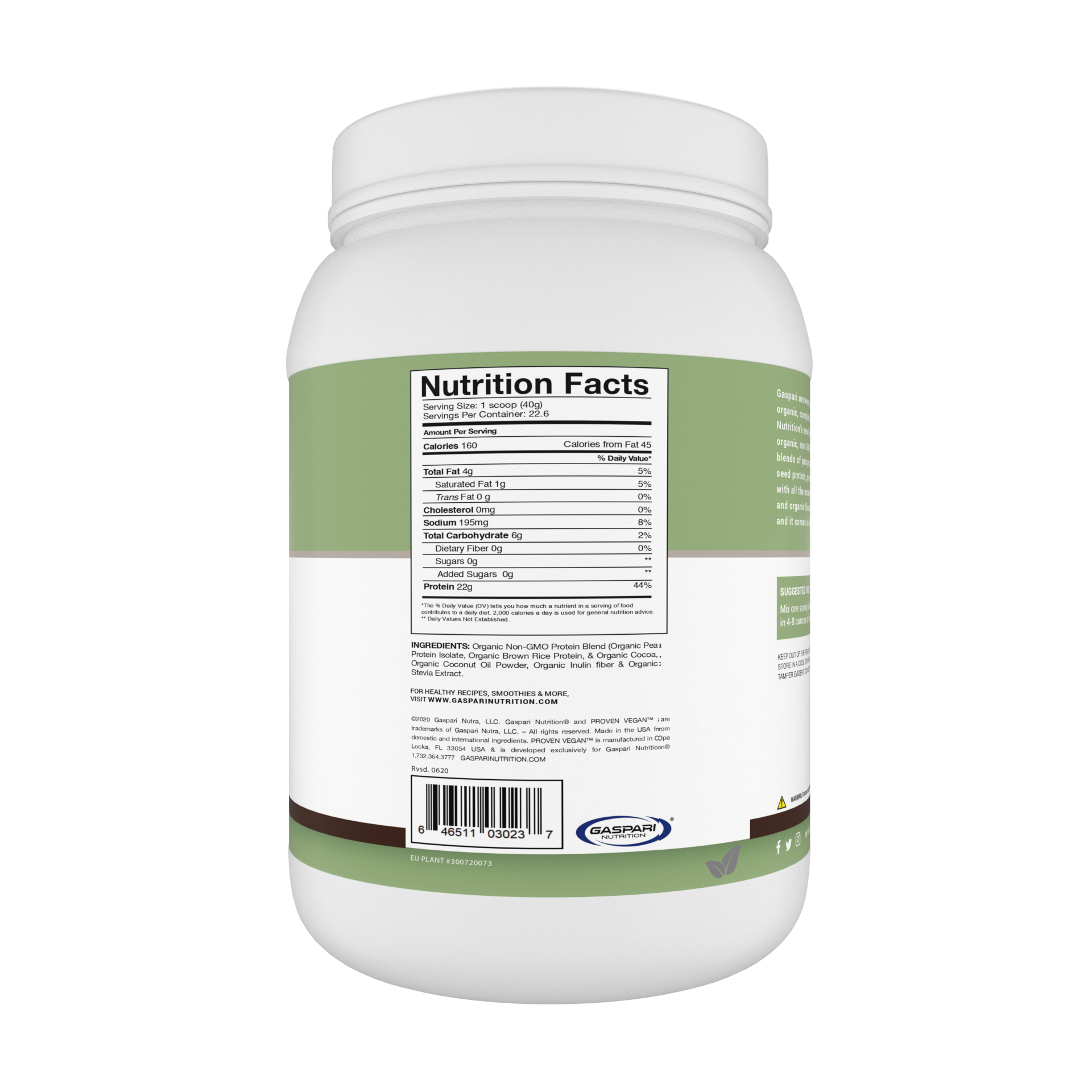When it comes to losing weight, putting on muscle, and eating well, most people want to know that they are healthy. You have probably encountered the body mass index (BMI) by now and most likely know where you stand. Have you ever been shocked by how you are classed?
While the BMI is useful for giving people a brief and limited snapshot of their health, it is not all-knowing or even entirely accurate. For that reason, many are asking if BMI is useful or if it should be overlooked for other alternatives.
Let’s have a look at BMI and answer the question of how useful body mass index truly is.
Looking At BMI
Your BMI, short for body mass index, is calculated by changing your weight to kilograms and dividing it by the square of your height in meters. Pounds and inches can also be used, but the equation changes. Optionally, you can input your information into a BMI calculator.
Although BMI cannot measure the amount of fat on your body, research has proven that BMI is about as accurate as skin-fold calipers and can be used in conjunction with other scientific methods, like densitometry, bioelectrical impedance, dual-energy x-ray absorptiometry (DXA), and more.
The body mass index is most often used for adults 20 years old and above. The standard BMI ranges are shown below:
- BMI below 18.5 – Underweight
- BMI between 18.5 and 24.9 – Normal/Healthy Weight
- BMI between 25.0 and 29.9 – Overweight
- BMI of 30.0 or Greater – Obese
- BMI of 40.0 or Greater – Morbidly Obese
How Can BMI Help?
It has been agreed upon by researchers that BMI is useful for about 90-95% of the population for measuring whether someone is obese or not. Since height and weight is a determinant for how fat is stored throughout the body, it makes sense that BMI could show who is at risk. However, some critics say that judging whether someone is overweight or obese based solely on their height and weight is a poor way of interpreting health risks.
BMI is indeed a useful screening tool, but other factors have to be kept in mind by health and medical professionals.
Does BMI Matter?
While the BMI is not a perfect measure of body fat by any means, those who are inactive or just beginning their fitness and wellness journey can use it to understand their risk for heart disease, diabetes, and similar diseases caused by obesity.
Unless you are an athlete or very muscular, BMI can be an excellent tool. That said, there are some reasons to use BMI solely as a guideline or baseline.
Reasons For BMI Discrepancies
Your BMI might be inaccurate for a couple of reasons. Let’s take a look at reasons for discrepancies:
- If you are very muscular, you will end up with a high BMI. Since muscle weighs more than fat, you will weigh more than someone with the same amount of fat. For example, football players are often overweight or even obese on the BMI chart, but they are simply muscular and very healthy.
- BMI does not consider age and metabolic changes. Ideally, BMI should shift with your age. Younger people tend to have more muscle naturally, while older individuals have more fat. This difference doesn’t mean that one group is less at risk of health problems than the other. It is not solely about height vs. weight.
- If you are inactive but have a high metabolism, your BMI might read as normal or even as underweight, despite having a lack of lean body mass. An example of this would be the elderly. Many of them end up having a healthy BMI despite being weak and sickly. In the end, though, being underweight can lead to the same negative impacts as being overweight.
- BMI overlooks your body shape. People who are apple-shaped store more fat in the torso, which is considered less healthy than those who are pear-shaped and store fat on the hips and thighs.
- Depending on your ethnicity, you might carry more fat or have more health risks than others. Even though BMI is used to reflect on issues caused by obesity, weight is not always part of the equation for some ethnic groups. For instance, Asians tend to develop diabetes at a much lower BMI than Caucasians. Indians also have a similar risk—they can get diabetes with BMIs as low as 21-22, which was initially considered the ideal place to be.
Better Than BMI Alternatives
Want a better tool for measuring your health than BMI? Check out some of these alternatives:
- Waist-to-Hip Ratio: Grab some measuring tape and wrap it around your waist to get a reading to the circumference. Do the same for your hips. Ideally, your waist should not be bigger than your hips. For men, healthy waist size is 39-40 inches, with some ethnic differences. Asian men should be no bigger than 35.5 inches. Women should be around 34-35 inches unless they are Asian. Then, their waist size should be less than 32 inches.
- Waist-to-Height Ratio: Similar to the method above, waist-to-height looks at your waist circumference compared to how tall you are. Your waist measurement should be less than half your total height in inches. So, if you are 72 inches tall (with 36 inches being half that), your waist circumference should be no bigger than 36 inches.
Wrapping Up
So, does BMI matter? It can for some people. Body mass index can be used to help you understand what your risk is of being overweight, obese, and developing the negative impacts of being at an unhealthy weight. However, there are other methods for gauging your health level and risk of diabetes or heart disease that are much more accurate. In short, don’t rely solely on your BMI reading, because that is just one facet in the snapshot of your overall health and wellness.
Enjoy this article? Then head over to our Facebook page to see what other news is up! Don’t forget to follow us so you can stay up to date with our latest blogs.
The post Why BMI Might Not Matter appeared first on Gaspari Nutrition.













































































Share:
How Can I Train Like A Boxer?
Are BMI Charts Different For Men & Women?